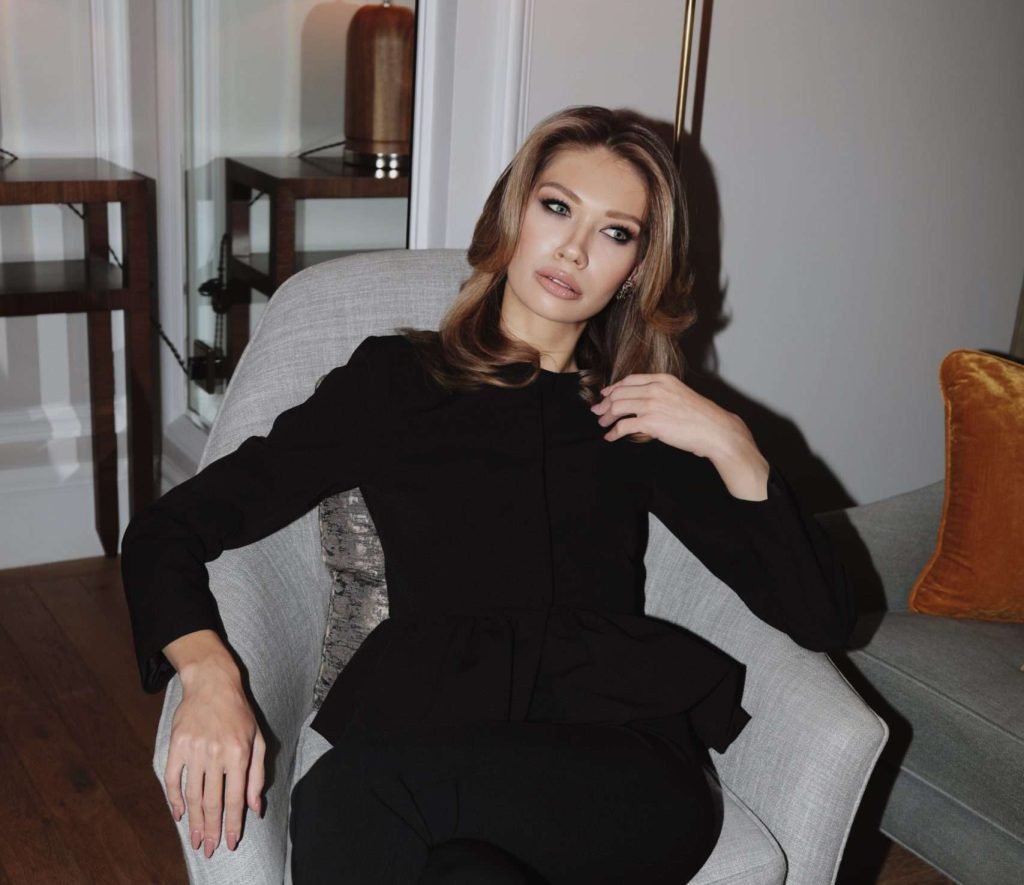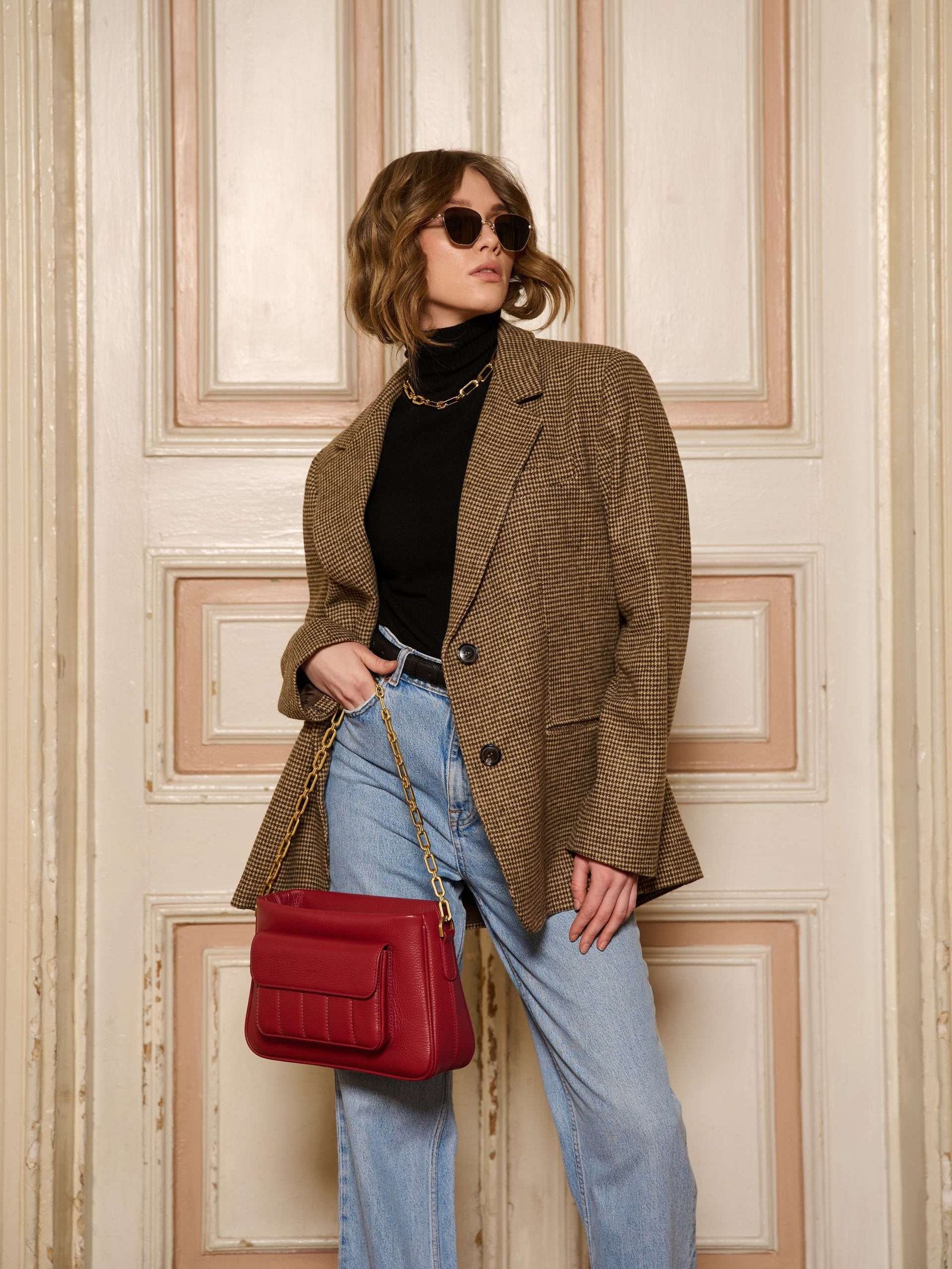Near every school, a stationery store always sells a little of everything, often fleetingly and sometimes without permission. Even the compass, one of the first tools we receive, is found there. My school was no exception to this rule.
Inside, as if it were an altar, the store was lined with newspapers, sweets, puzzles, and a sign that forbade us from reading magazines unless we bought them. And there she was.
She, a catwoman, always dressed in neutral tones—more basic than the titles of the pink publications surrounding her. Unfriendly and banal, but with something subtly sexy that made it seem inappropriate for her to work there. As she moved across the counter, she spoke quietly and tapped her sharp nails—too long for someone who uses a cash register—on the window before her, the biggest barrier between us.
One night, on an aimless teenage walk, I saw her quickly but assertively step out of a black van that could belong to any third-rate Kardashian. Out came a blonde woman, with huge nails like eagle claws, wearing a fur coat unsuitable for the country’s temperatures, and adorned with jewellery: pale gold earrings that shone like lighthouses under the streetlights, several gold chains, and a cross that rested on an enormous neckline, accentuating her bust in a way she knew how to use. It took two seconds for her black eyeliner to lock onto my eyes and strip away any doubts: she was the catwoman from the stationery store, the one who never had changed and always sold packs of cigarettes to me despite knowing I wasn’t 18. But what transformation was this? What character stood before me, who had overnight left behind jelly beans and cardboard to assume an identity opposite to her own? No longer neutral, discreet, or basic. Was I in the presence of a mob wife?
Mob wives came back to prominence in early 2024 for two reasons: a brief and rapid fashion trend on TikTok and the 25th anniversary of The Sopranos, which remains the greatest showcase of such women. With this resurgence, some voices—quite hoarse, in my opinion—on the internet began discussing cultural appropriation, arguing that this aesthetic belongs only to Italians or Italian Americans. But mob wives go much further than that…
What do Gilda, Elvira Hancock, Ginger McKenna, and Carmela Soprano have in common? They are more than wives; they are symbols of power and quick wealth, with a melodramatic-Latin attitude. They are victims of abuse, where even their fur coats seem like authentic armour against the macho world they face daily. Mob wives are hostages and heroines of their own condition, always leading characters in a constant struggle with the storms around them.
I believe the connection between these women is much more complex, breaking the barriers imposed by globalized appropriations. The physical and psychological violence they endure is one of the first points of union among them. The great mob wives we know were martyrs to their own gold chains and the hours spent at the manicure to get those nails that scream, “Nothing dirties me. Only the blood my husband carries.”
Dressing like one does not “glamorize” domestic violence. If Franca Sozzani published an editorial called “Mob Wife and the Art of Beating,” would it be socially accepted? Is it more relevant to import a style or the message it conveys? Mob wives give us the possibility of embodying heroines like Wonder Woman, Joan of Arc, or Harriet Tubman. They force us to ask questions.











